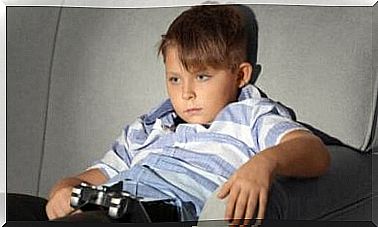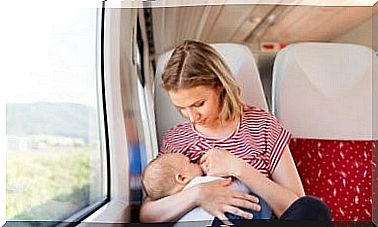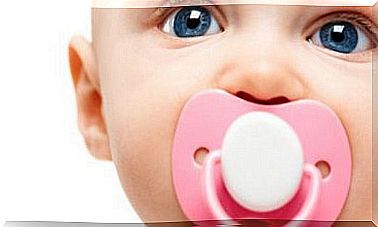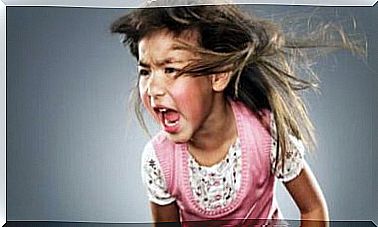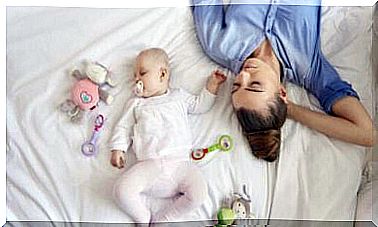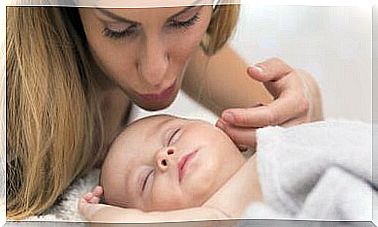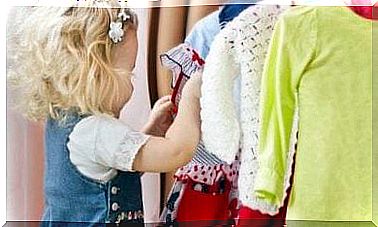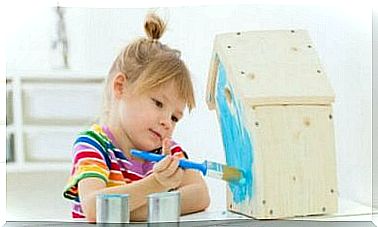Laughter And Smiles Of The Newborn: A Great Progress In His Emotional Development
The baby’s laughter and smiles signify progress in his emotional development. Let’s deepen the topic.
The first smiles of the newborn
A baby’s first month is not an emotionless stage, as some might think. Around this time, the child experiences a feeling of affection that will help him develop a powerful attraction for an adult, usually his mother.
In addition to crying – the main emotional reflex of the child – a newborn can also experience other sensations: well-being, relaxation, satiety, which he expresses by remaining calm, observing, listening, knowing the world in a state of total serenity.
A newborn may smile, but contrary to popular belief, this smile is not the result of his or her emotional well-being or happiness. It arises from the activity of his central nervous system, and is a reflex that usually occurs when he is asleep.
Smiles after the first month of birth
Awake newborn smiles are known as social smiles. They start from the first or second month of birth, depending on the case, and are the product of his interaction with the world as well as the response to various stimuli.
In his exploration, the child will understand that his mother smiles at him when she talks to him because she is happy. Other adults also smile at him when they see him, when they play with him or pick him up. He will adopt the smile as an answer. He will smile when he feels good, when spoken to, when he gets what he wants or whenever he hears something he likes or catches his attention.

By this time he will have already understood that in addition to crying, his smile attracts the attention of adults.
After 4 months the baby will not laugh and will smile with everyone anymore. He will do it only with people similar to him and, perhaps, with some strangers that he likes. At this point you will have understood that the smile is linked to affection and that you smile at whoever you want. This phase is called the differentiated smile phase.
The child’s laughter and smiles: affection and social contact
As the child learns about the world, he imitates the human beings he lives with and learns to respond to stimuli. This is progress in his emotional and psychosocial development.
The child under one year of age learns that affection and social contact are strengthened with smiles and that a smile is worth more than a kick or a dejected cry. Through smiles and happiness he gets what he wants, both materially and emotionally.
Even the smile of those around him strengthens his emotions. If someone smiles at him, he feels safer. Let’s take an example. If a dog passes by him, frightening him, his mother’s smile will comfort him and make him understand that there is no danger.

In a 2-year-old, laughter is no longer just a reflection or reaction of happiness. It becomes a powerful tool for achieving a purpose and making adults give in to his wishes.
In this stage, that little intelligent being tests those around him to see how they react. Whenever he plays a prank, he knows that with a smile he will avoid punishment.
Laughter is also a stimulus for his emotional and cognitive development. He will laugh at absurd situations: when he sees other children fall, or when he sees himself fall in a video made by a mother. Laughter and smiles will help him grow, enhance his well-being and behavior as a human being.
